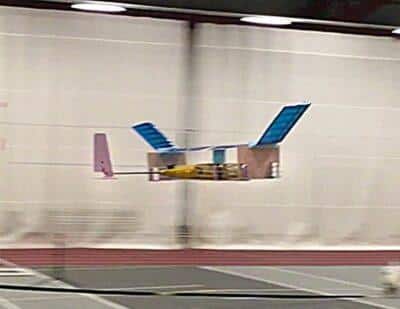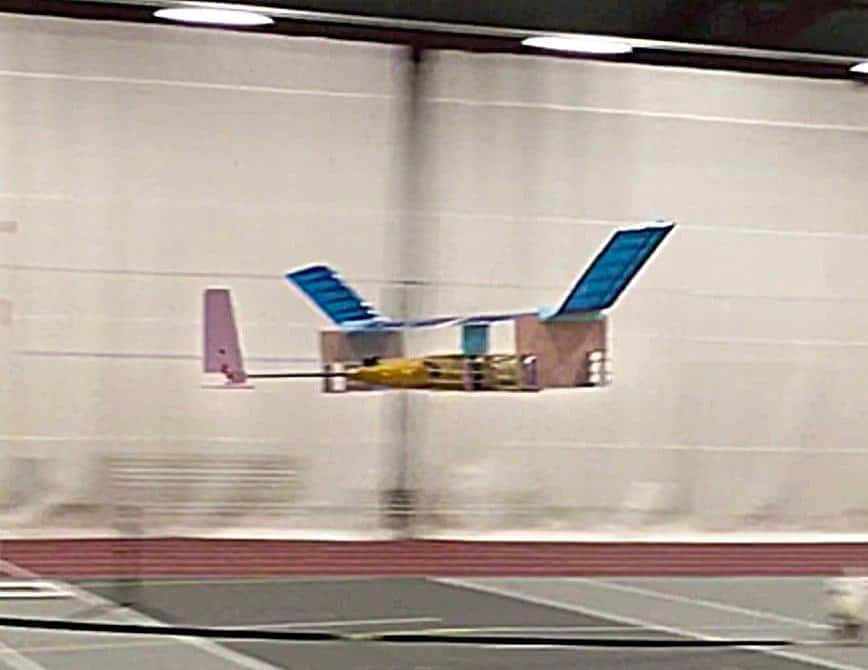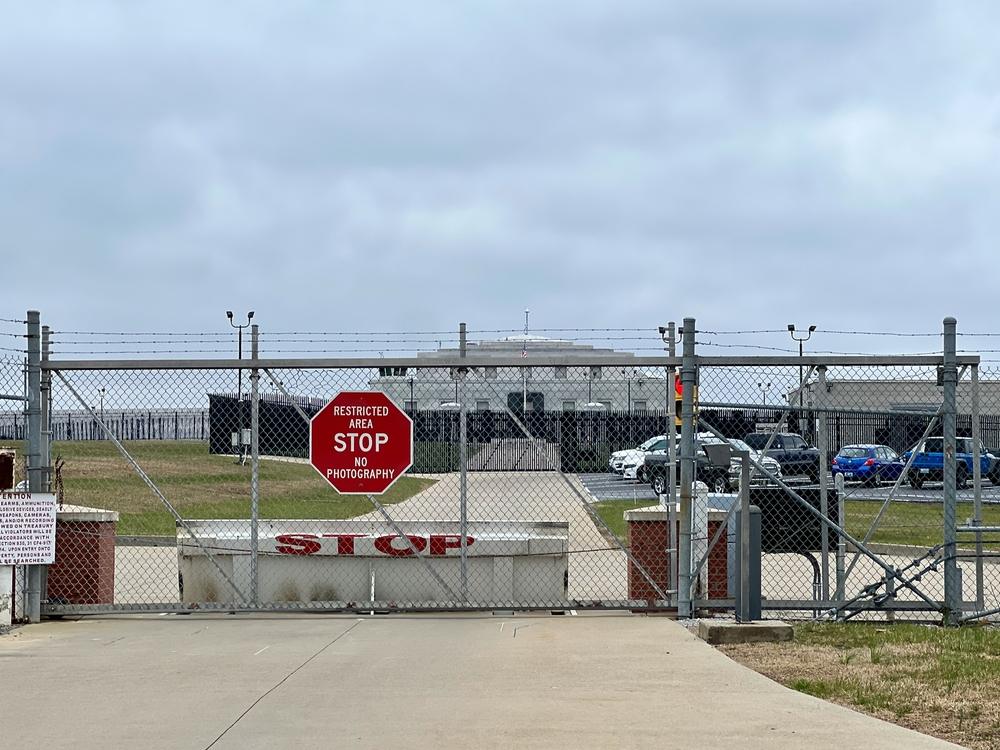
The world’s first electric airplane is taking to the air. Remarkably, MIT researchers are testing an electric airplane with no moving parts.
Instead of a propeller or jet, an effect called ionic wind keeps the plane in the air. Notably, The Guardian reports that the electric airplane flew for 65.6 yards.
The airplane produces ionic wind by pumping 600 watts of electricity through wires between the craft’s wings. Ultimately, the electricity charges the air molecules near the wire and creates a stream of “neutral air molecules.”
This propels the plane with a stream of “neutral air molecules,” or an ionic wind that acts like a jet. Specifically, wires create an electric field which generates a jet of charged nitrogen ions. The charged nitrogen ions then push the plane forward. As a result, it is possible to power an airplane with nothing but electricity.
A Silent Electric Airplane
“I thought that the future looked like it should be planes that fly silently; with no moving parts, and maybe have a blue glow,” MIT aeronautics professor Steven R. H. Barret says.
It should come as no surprise that Barrett is a creator of the electric airplane. Barrett is one of the main authors of a paper that describes a test of an electric airplane at the Massachusetts Institute of Technology (MIT).
“Here we demonstrate that a solid-state propulsion system can sustain powered flight, by designing and flying an electro-aerodynamically propelled heavier-than-air airplane,” the paper states.
Consequently, it is now possible for airplanes to fly without fossil fuels. Nonetheless, the electric plane is not that big, as its wings are 5.5 yards long.
The Electric Airplane Has No Moving Parts
The electric airplane has no moving parts because its propulsion system uses solid-state electronics. Therefore, this type of airplane could be cheaper and easier to build because it doesn’t have the engines or moving parts that a normal aircraft possesses.
Additionally, an electric airplane could require far less maintenance than a regular aircraft. For instance, the absence of moving parts means that far less can break in the electric plane.
Still, a heavy battery will limit the solid-state plane’s range and capacity. The lithium-ion battery pack in a Tesla Model S weighs 1,200 pounds, for example.
However, the Tesla Model S battery could store enough electricity to keep an electric airplane flying. A Tesla 21-70 cell battery pack reportedly contains 21,275 watts of electricity. For this reason, the electric airplane is more practical than you might think.
Are Silent Electric Drones Coming?
The military will be the first user of electric airplanes because they are silent. To illustrate, a soundless electric drone could easily sneak up on terrorists in a hideout.
Furthermore, silent electric airplanes and drones will be perfect for surveillance. In particular, there will be no propellers or engines for people on the ground to hear.
Nevertheless, it will probably be years before the electric airplane is at your local airport. The electric plane at MIT has a current range of fewer than 60 yards.
Electric Airplanes Will Wage War In 15 Years
Moreover, the MIT electric airplane looks more like a World War I biplane or the Wright Flyer than a modern aircraft. Particularly, the Flyer was the craft flown by the Wright Brothers in 1903.
On the other hand, history teaches that aircraft technology advances quickly. The Wright’s first flight was for merely 40 yards (120 feet) in 1903. Only 15 years later in 1918, German planes were dropping bombs on London in World War I.
Electric airplanes should be in widespread use by the mid-2030s if they follow that trajectory. Because of this, electric airplanes could fight in wars during the early part of that decade.
You may also enjoy reading an additional Off The Grid News article: America’s Robot Ninja Is Almost Ready For Action
What are your thoughts on the electric airplane? What do you think of its potential? Let us know in the comments below.










